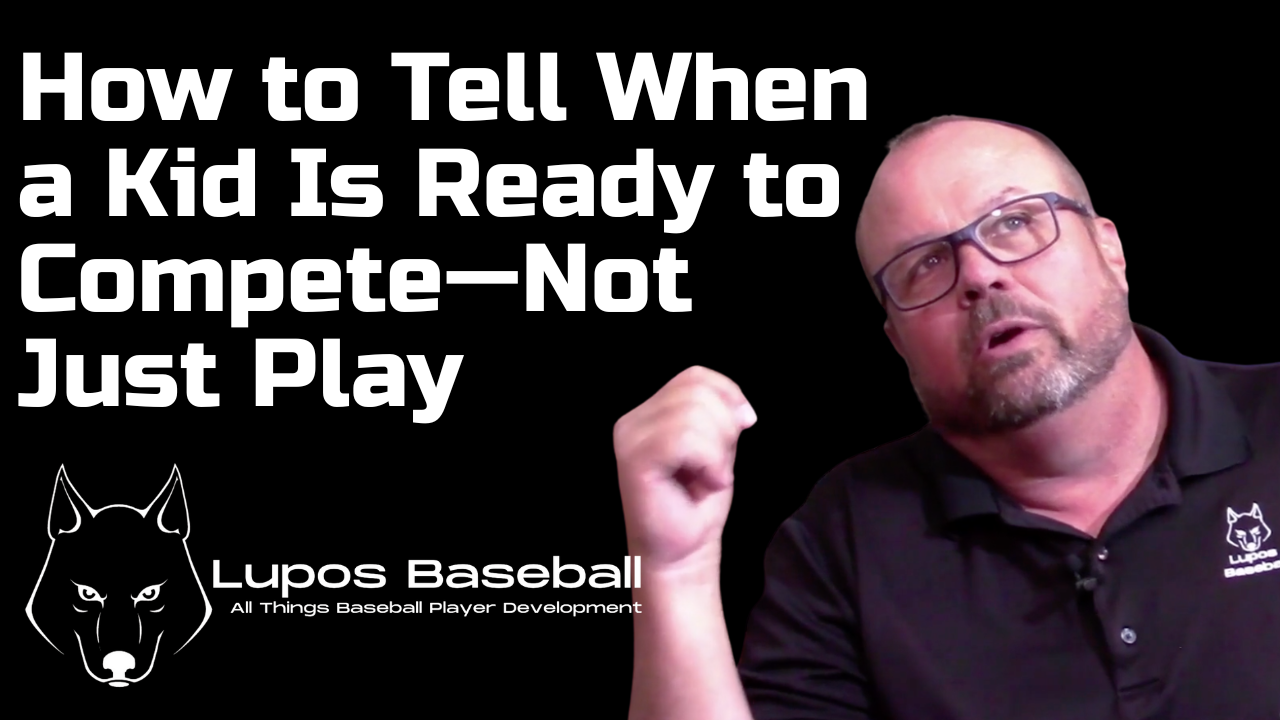Play for Fun or Play to Improve? How to Know When It’s Time to Transition
This blog helps parents, coaches, and mentors identify the critical moment when a young baseball player begins shifting from casual participation to serious development. It explains the importance of understanding a player’s true intent—whether they’re playing for fun or aiming to improve—and how that decision affects summer baseball choices. It outlines how to use “adventure leagues” as a testing ground, what to look for when gauging a player's readiness for development-focused teams, and how to ensure the decision aligns with the athlete’s internal drive, not parental expectation. Ideal for families navigating travel ball vs. rec ball, summer development programs, and long-term player progression.
SUMMER BASEBALL


Play for Fun or Play to Improve? How to Know When It’s Time to Transition
Not every kid playing baseball is ready for serious development—and that’s okay. Some just want to play for fun, and others are starting to want more. The key is knowing when they’re ready, not when you want them to be ready.
What’s your player’s real goal this summer—fun, development, or a little of both?
That answer determines everything about what kind of team they should be on.
Step 1: Listen to the Player, Not the Parent
Some players are out there because dad wants it. You can spot it quickly—they’re mimicking someone else’s drive. But when a player says, “I just want to have fun,” that’s not a red flag—it’s just clarity.
Other players say, “I want to improve.”
Now you’re looking at someone who might be ready for a developmental program. But don’t assume every “I want to get better” is backed by action. Watch behavior, not just words.
Step 2: Use the Right League as a Testing Ground
If your player is unsure—or if you’re unsure—put them in a non-developmental, lower-pressure league this summer. What happens there will tell you everything.
If they’re having fun and just enjoying the game? Good. That’s their fit right now.
If they get frustrated by casual mistakes and want more challenge? That’s your signal.
If they start to distance themselves from “just for fun” teammates? They might be outgrowing the setting.
Let the setting bring clarity. Don’t force the outcome.
Step 3: Development Requires Buy-In—Not Pressure
When a kid is truly ready to develop, they’ll start asking questions.
They’ll start working when nobody’s watching.
They’ll show you with their actions that they want more than just a jersey and a schedule.
This is where many parents screw it up. They confuse potential with readiness.
Just because your kid is good enough to be on a travel team doesn’t mean he’s ready for what development actually takes.
Get clarity by observing behavior. Talk to someone outside the situation—someone who’s not emotionally or financially invested. Let them give you an honest read on whether your player is ready to take the next step.
Want a Development Plan That Actually Works?
If your player is ready to improve, not just play, Coach Leo’s book gives them the structure to build elite-level hitting skills—step by step.
BASS: Barrel Accuracy and Swing Strength – The Path to Elite Level Hitting
Visit: www.luposbaseball.com
Disclaimer:
The content shared is for informational purposes only. This is not a judgment of any person or program mentioned. All names and events are discussed from personal memory and are not meant to accuse or endorse. The goal is to share insight from lived experience.
#YouthBaseballDevelopment
#PlayerReadiness
#BaseballParenting
#FunVsDevelopment
#YouthSportsAdvice
#TravelBaseball
#SummerBaseball
#LuposBaseball
#BASSHitting
#SoreToSoaring

